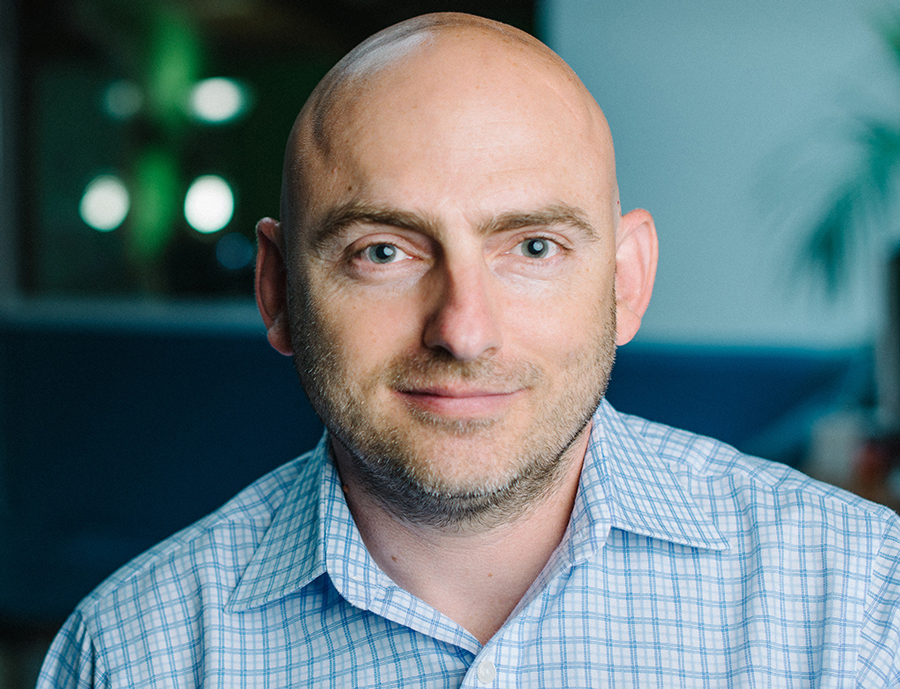

Peter Platzer, CEO of satellite data and analytics provider Spire Global speaks with Acuris Capital Intelligence about Spire’s future after a recent public float via a SPAC merger, as well as recent market trends in the satellite data industry and how the company evaluates acquisition targets.
Interview by Thomas Zadvydas
Q. What wide-ranging market trends have been a focus for the company in the past two years?
Global trade—95% of it happens on the ocean. If you don’t have a satellite constellation, 80% of the time you don’t know where ships are. Another is the increased impact that climate change is having on weather. If you want to have accurate weather prediction, you need good satellite data.
The digitalization of the global economy is clearly something people recognize. That’s driving more and more change; it requires more and more data. Spire is at the very forefront of that. Add on top of that the ability gained from AI and machine learning to extract more value out of this data, and you see another trend Spire is riding.
Q. Spire said it would merge with SPAC NavSight in March 2021, giving Spire about US$475 million in cash proceeds and a US$1.6 billion equity valuation, and began trading on the NYSE in August. What strategic alternatives do you have planned for the next 12-24 months?
Broaden our geographic footprint. We sell in about 30 countries already. There’s about 192 countries total that are of great interest to us. Our largest workforce is in Europe and the Americas.
[We also plan to] augment our existing data feeds, so we have additional data or more data types. Augmenting what our satellites can do through a software upgrade or hardware changes. Taking advantage of smart inorganic growth opportunities like the one we just announced.
Q. That was the acquisition of Canadian global maritime vessel data provider exactEarth for CA$204.2 million. How will you assess potential acquisition targets?
Does it allow us to bring on board people and resources? Does it allow us to broaden our geography? Is it something that brings additional data analytics capability into Spire? Does it come with more revenue and EBITDA or something that comes with new technology?
Q. What strategic goals does the business have planned in the next three to five years?
Growing our reach, our customer base from a few hundred to a few thousand. Attract sales and marketing and product development folks, broaden our geographic reach and industry use cases, and take inorganic growth opportunities where it might make the most sense.
A bit of background: Spire Global provides data and analytics from over 100 orbiting satellites tracking maritime, aviation and weather movements. It processes about five terabytes of data daily, shipping about a terabyte of data a day to 200 global customers. Platzer co-founded Spire Global in April 2012. Before Spire, Platzer completed a research internship at the NASA Ames Research Center studying tech development and commercialization of nanosatellites and worked as a quantitative investment manager at several firms, including Vegasoul Capital, Deutsche Bank and the Rohatyn Group.
This interview has been edited for length and clarity.







